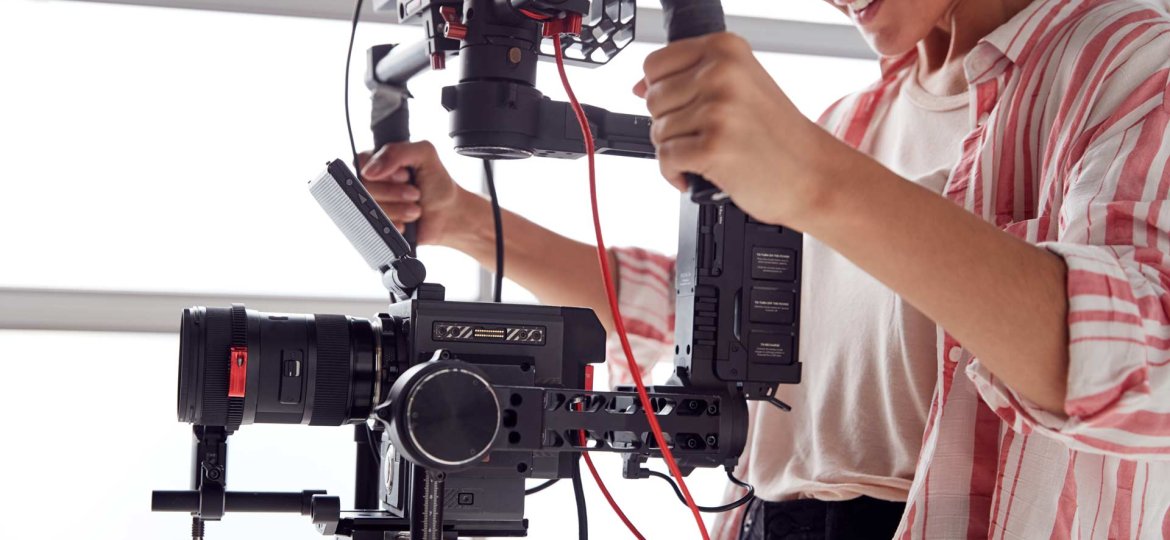
Videos on the internet are utilised for more than just amusement. People can use videos to learn about various subjects or products, and they’re often used for promotion purposes, as well. The video production process is divided into three phases: pre-production, production, and post-production. To be a proper videographer, you must go through each of these stages with care and awareness of the fact that each stage is as vital as the others. Here is a detailed description of how to complete each of these steps effectively.
Pre-Production: Planning Stage
Pre-production is the process of bringing ideas together into a coherent strategy and establishing the goals and objectives of your film. When coming up with your plan, you must consider your target demographic, your budget, and the message you want your video to portray. Planning is critical to the success of your efforts, therefore the more time you devote to it, the more easily your recording will go and the better your final footage will be. After you’ve determined your message and target audience, you’ll need to decide what kind of set to utilise. For example, if you are going to film in a studio, would you use a green or blue screen behind the subject? You must consider what kind of make-up will be necessary, how much recording time would be required, and whether any props will be obliged. Moreover, your video should then be written or storyboarded. This entails compiling a list of different kinds of footage that will be necessary. With extensive detail and editing, all of this will lead to you coming up with your final script or storyboard. Your script will not only direct the shooting team, but it will also provide helpful guidance for the editing team to work from and will serve as the foundation for any further editing decisions. Furthermore, lighting is quite crucial for video promotion. Even for the simplest of shootings, you need great amounts of light. Preparing a lighting strategy for the foreground, backdrop, and subject is essential. Shadows can arise out of nowhere and it might be difficult to determine where they are coming from, so be cautious. Time spent in this stage will lessen the amount of work required once the video has been shot. In addition, you must consider the audio of your video and ensure that you are utilising the proper microphones to capture the sound you want. Testing the audio with headphones hooked into the cameras is one approach to guarantee this.
Production: Filming Stage
It is critical to be safe when filming. Taping or covering cables, weighing down your lights, and being cautious around your equipment in general will help ensure that your filming environment is free of hazards. You should also keep food and drinks away from cameras, lighting, and audio equipment at all times. Also, if you’re using a site for your video, keep an eye on your gear and make sure it’s safe if you have to leave it. Equipment sign-in/sign-out lists, which keep a record of where your equipment is and reduce the danger of forgetting anything, are one way to keep your equipment in control. Moreover, before filming, it is recommended that you make a schedule for the day and make sure you have enough time to tidy everything up and leave on time. You must also ensure that everyone on the set understands their jobs and duties. One person should direct, while another should be in charge of filming, lighting, and sound. Additionally, ensure that everyone, including yourself, is aware of who to contact in the event of an issue or problem. Make sure all walkie talkie batteries are charged and spares are accessible, that everyone has a way to contact everyone else, and that all equipment is in excellent working order.
Post-Production: Editing Stage
When the filming part of your video is finished, save the raw material to a central location as soon as you can. By doing this as fast as possible, you are lessening the chances of you losing any footage that you have. After copying the clip to a local computer, your video editing may begin. Some steps you may want to take throughout this stage are correcting any shooting errors, colouring the video to emulate a certain mood or atmosphere and adding closed captions and background music if necessary.
Whether you are making a video to entertain others or to promote your work, you will need to go through the process of video production no matter what. There are three stages of video production and each one needs to be completed with the most care and attention. The first stage is pre-production, which is where all the planning happens. The second stage is where you film the video itself and this is called the production. Post-production is the last and final stage where all the editing takes place. By being mindful about what goes on in these stages and what procedures you need to take, your attempt of making a video will be successful.
